There are angels living on earth. They wake up in the morning at the same time we do; they leave the house when we do; they work, just as we do. But they are different: they are smaller than us, they are not the same size. For that reason, they often get lost, forgotten in the bustle of our daily routines. We hardly notice their presence, but, from a distance, they are visible. From the sky, they are brighter and more vivid, like stars. And when they are tired, they often look at the sky... staring... and waiting... for God to see them.
This is how Mostafa Akbari explains his latest work of art, And God Saw. The project offers a glimpse of what life is like for the child workers of Iran, a section of society normally hidden from view.
IranWire spoke to Mostafa Akbari about his work, and the inspiration behind it.
1. You recently published a few images from your And God Saw collection on Facebook. What inspired you to take on this project?
The first piece I did was called Gole Yakh, of a little girl selling flowers. I drew it on December 30, 2013. The idea for it came out of my daily routine, in a taxi, at a traffic light. My inspiration started with that child, at that traffic light and with that drawing.
2. Is child labor the main subject you focus on?
Yes, that girl had an influence on all the work I created after that first drawing. She influenced my work on other underage workers, children who spend their childhood at the junctions of big cities. Many of my drawings of these children are included in the collection.
3. Red is obviously an important color for you. What does red signify in your work?
Red is a physical color, and it has great potential to express emotions, both positive and negative. But even more, red is significant because it attracts attention and has an effect on the eyes: it has the most long-lasting physical and mental effect, and the most impact on the viewer. That is why I use it. I also believe red can express complex concepts of violence, love, life, crime, guilt, lust, and so on, more easily than other colors. It is a strange and complete color.
4. What concerns you the most at the moment?
My biggest concern is working for children with cancer, and communication through drawing. I am preparing for a solo exhibition in Tehran and a group exhibition in Budapest — and of course, persuading myself to get a driving licence at the age of 28!




















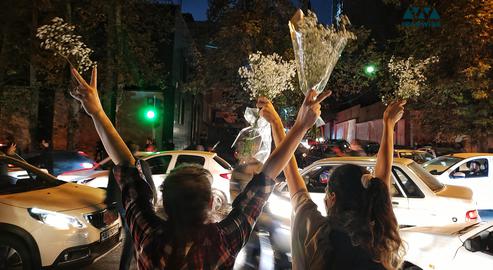
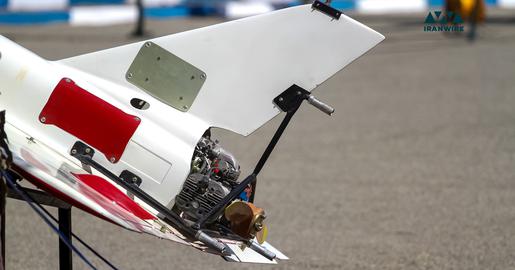
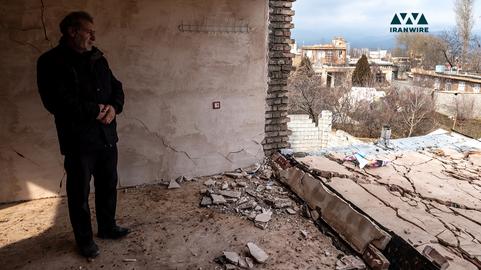
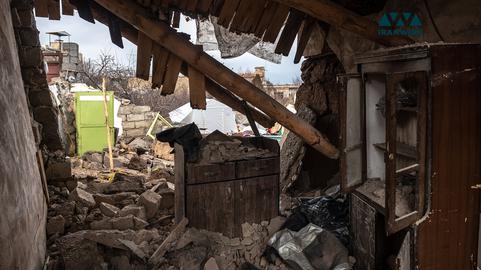
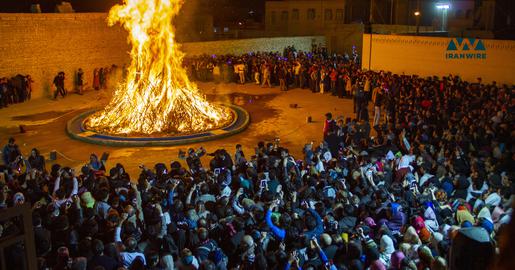

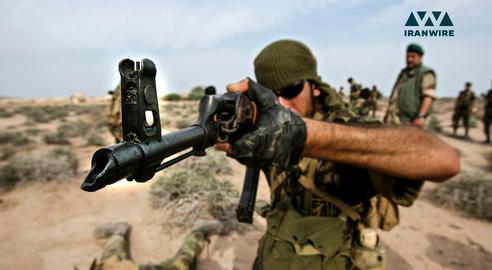
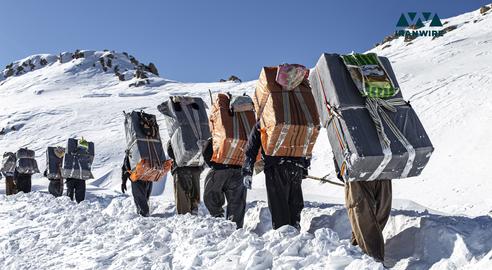





comments